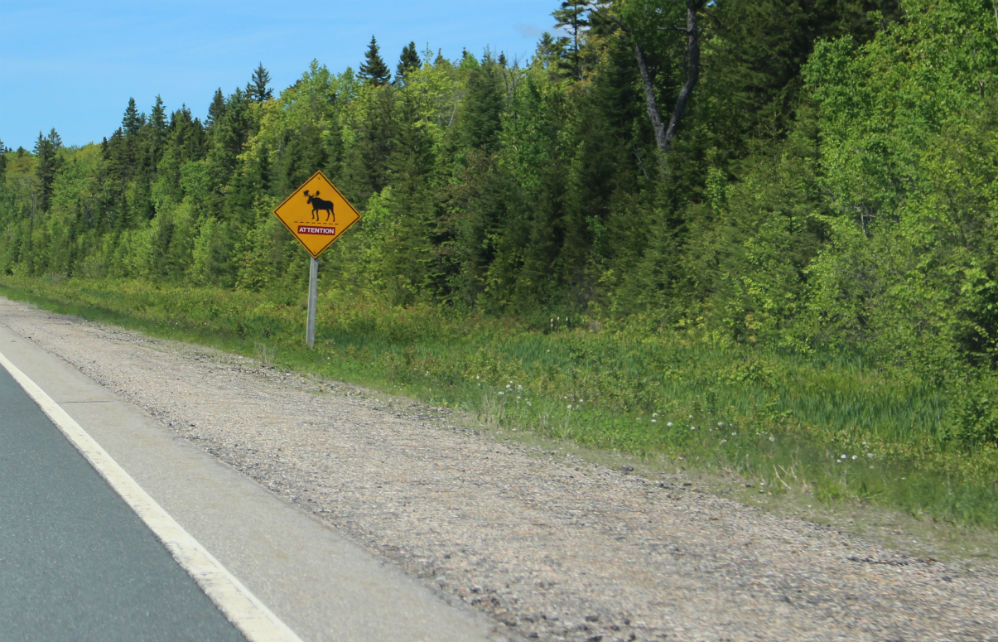As we come out of the woodland, Lisa and I both stop and gaze. This view is not what we expected. Kelly’s Beach Boardwalk continues over a patch of sea onto the offshore sand dunes. From the edge of the forest we just departed, flat grasslands extend to the edge of water. The grass is rustling in the wind and surrounding us is an endlessly stretching, blue sky flocked with white clouds. The sea between the dunes and the grassland is still while on the shores of the dunes, the waves are breaking vigorously. It’s like seeing three different types of landscapes at once at Kouchibouguac National Park.
Originally, we wanted to take the quickest route back from the HI Wentworth, where Lisa and I, the only guests in the large but comfortable converted house, got spoiled with fresh popcorn for our movie by our lovely host Andrew. But before going to bed, Lisa asks me what I think about taking the coastal route instead. At first I’m not convinced. The drive as it stands will be more than seven hours and I am really exhausted tonight. It has been raining the entire day and the four-hour drive from Cape Breton has been exceptionally tiring.
However after a good night’s sleep, a hearty breakfast and with the weather forecast on the up, we decide to go the extra mile (literally) and head for Kouchibouguac National Park. This smaller national park stretches for 25 km and consists of woodland, beaches, lagoons and offshore sand dunes. When we get there we spot an eagle circling majestically above our heads. Thankful for the break from driving, we do a couple of smaller hikes. Kelly’s Beach Boardwalk is only 600 metres one way and takes us through woodland to the offshore sand dunes and the ocean. I wish we could hang around a bit and just enjoy the scenery. I can’t believe how some people say there isn’t much to see in New Brunswick – this place alone makes it worthwhile.
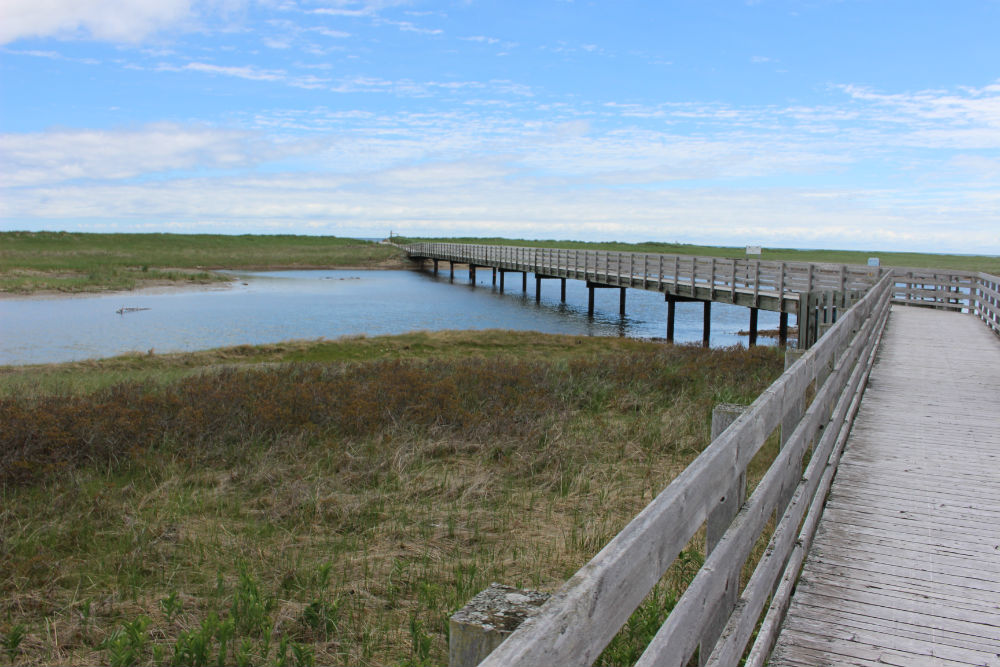
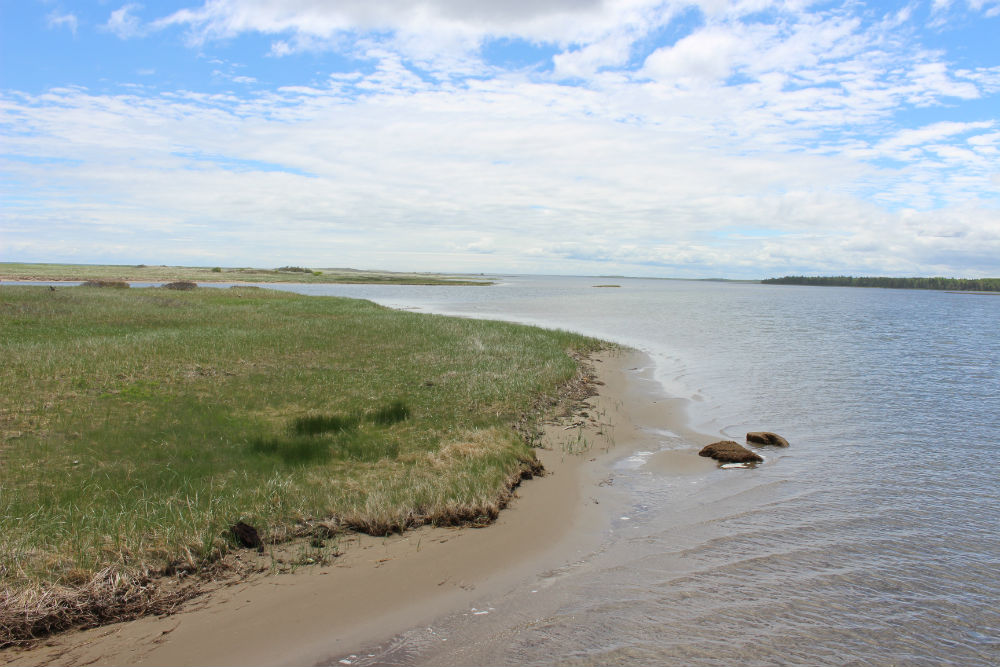
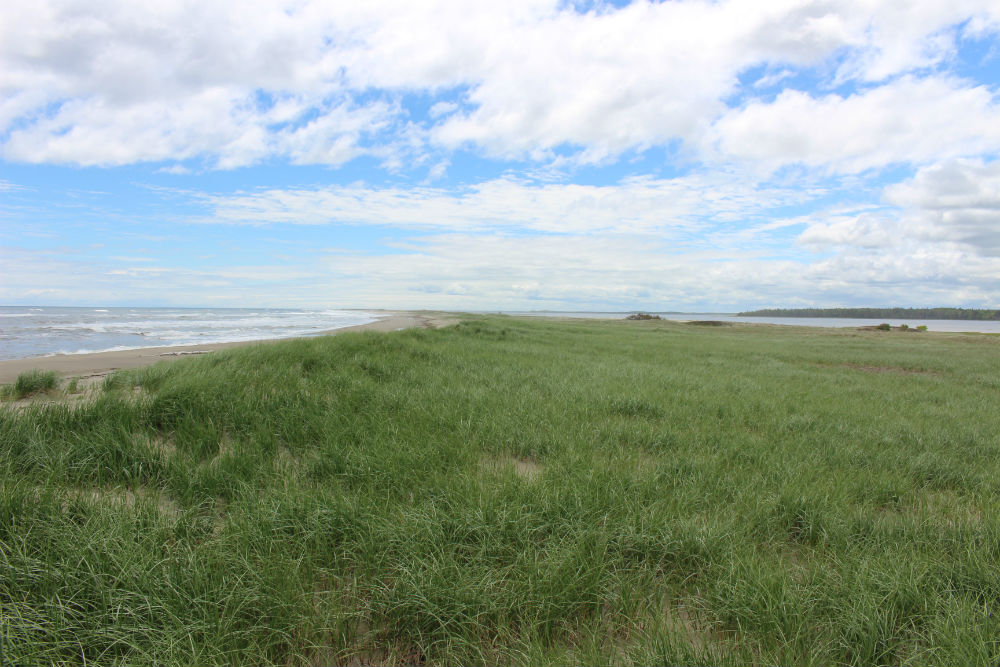
The hours fly by as we’re heading further west through the forest and past the coastline in the sunshine. Late afternoon, we arrive at the Sugarloaf Provincial Park, where Sugarloaf Mountain, resembling its Brazilian namesake, is waiting to be climbed. A friendly lady in her sports gear explains the way up to us and warns us of a black bear with two cubs that has been spotted in the area recently. We’re not too worried, also considering there are lots of people strolling around the various hikes. The path at first follows the longer hike that goes around the mountain before it diverts to a steep climb. As we get closer to the top, panting and sweating from the unexpected exercise after all that driving, we hear a funny noise that we cannot allocate. We hesitate and listen. Is it a bear scrambling over some rocks? Just in case, we start singing loudly, didn’t it say in the “Keep it wild, keep it safe”-pamphlet to make loud noises to scare the bear away? However the noise is growing stronger and stronger the further up we get. At some point Lisa states that it sounds like a flag in the wind, and sure enough – the Canadian flag is fluttering violently in the strong breeze up on the mountain when we get there. Laughing about ourselves, we take in the stunning views across the Saint Lawrence River before heading back down and to Riviere-du-Loup for our last night of the trip.
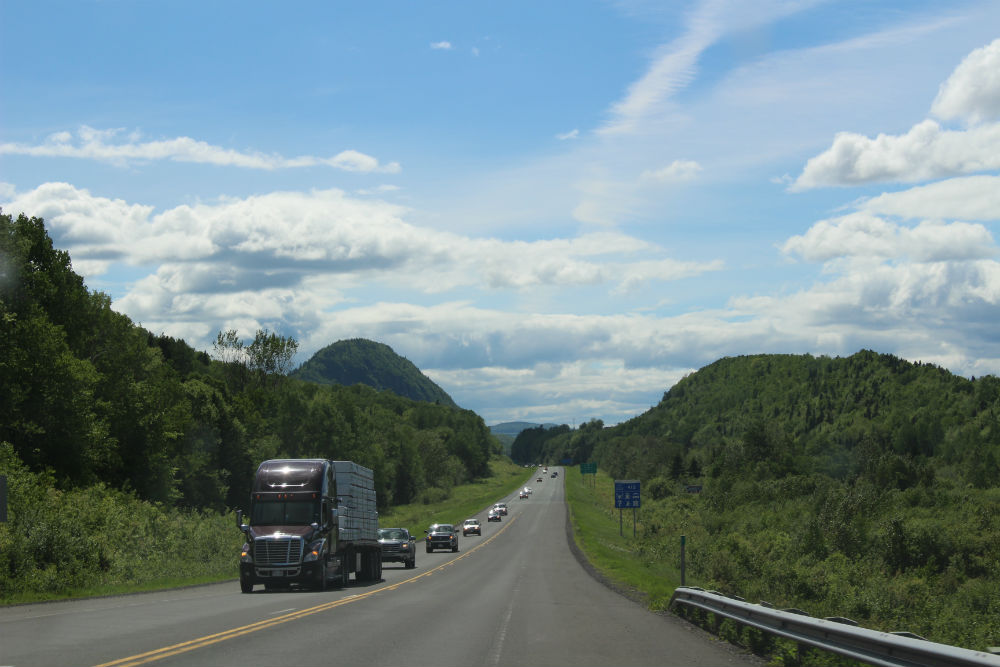
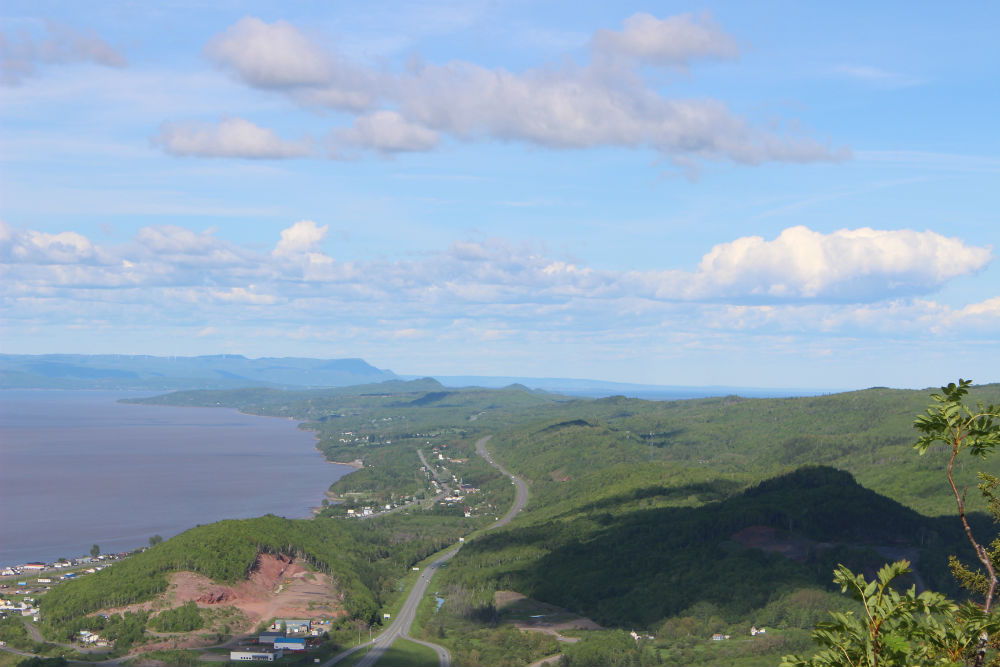
In Montreal, it’s time to say goodbye for now. Lisa is returning back to Toronto while I’m heading to Quebec City for a couple of nights. The trip somehow felt longer than it was and it’s strange to be on my own again – but at least Lisa and I might see each other again at the west coast.
Because I managed to grab an earlier bus, I arrive at the hostel at 7 pm instead of 10. As I walk up to the hostel, I regret already that I’m only staying a couple of nights. Quebec’s old town immediately pulls me in. Quebec is North America’s only walled city north of Mexico City. The Old Town is a World Heritage site and Canada’s history hot-spot, accommodating the country’s first parish church, first museum, first stone church, first Anglican cathedral, first girls’ school, first business district and first French-language university, according to the Lonely Planet. The upper old town is situated within the old city wall or fortifications of Quebec; Saint Jean Street being at the heart of it with its pubs, cafes, restaurants and shops. Walking South towards Saint Lawrence River is the Plains of Abrahams, or Battlefields Park, battleground between the French and Brits in the 1700s. The Citadelle, North America’s largest fort, is situated right next to the park but within the walls of the city. Admirable old and cosy looking buildings in both British and French architectural styles flock every street of the Old Town. Chateau Frontenac, the most photographed hotel in the world overlooks the Terrace Dufferin from which you can view across the river to Levis, and the little alleyways in Basse-Ville, the Lower Old Town invite for a leisurely stroll before taking the old cable car back to the Upper Old Town for only 2.50 CAD (1.30 GBP; 1.70 EUR).
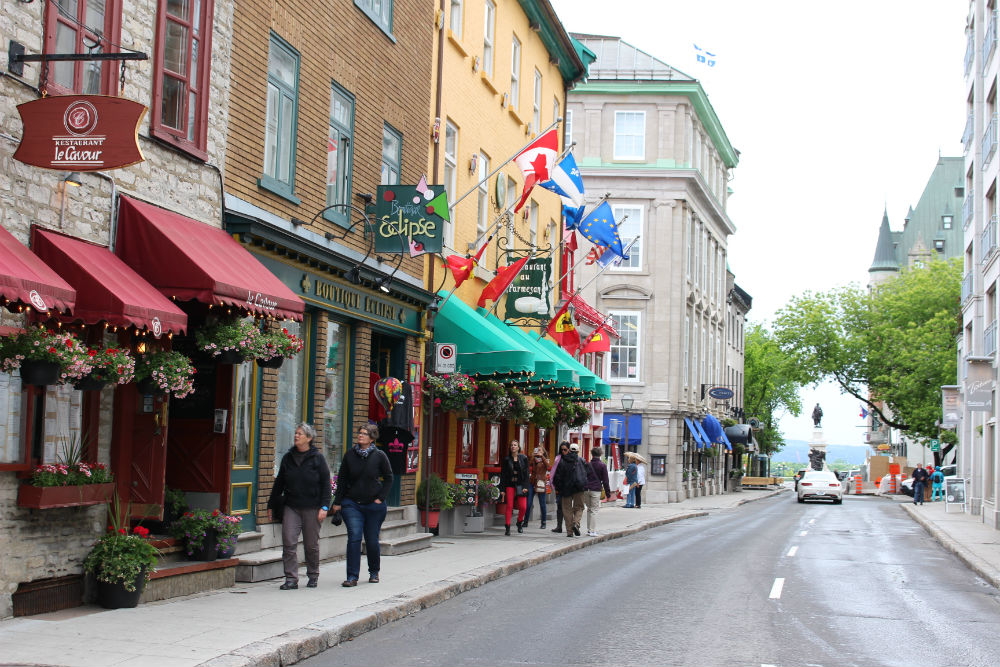
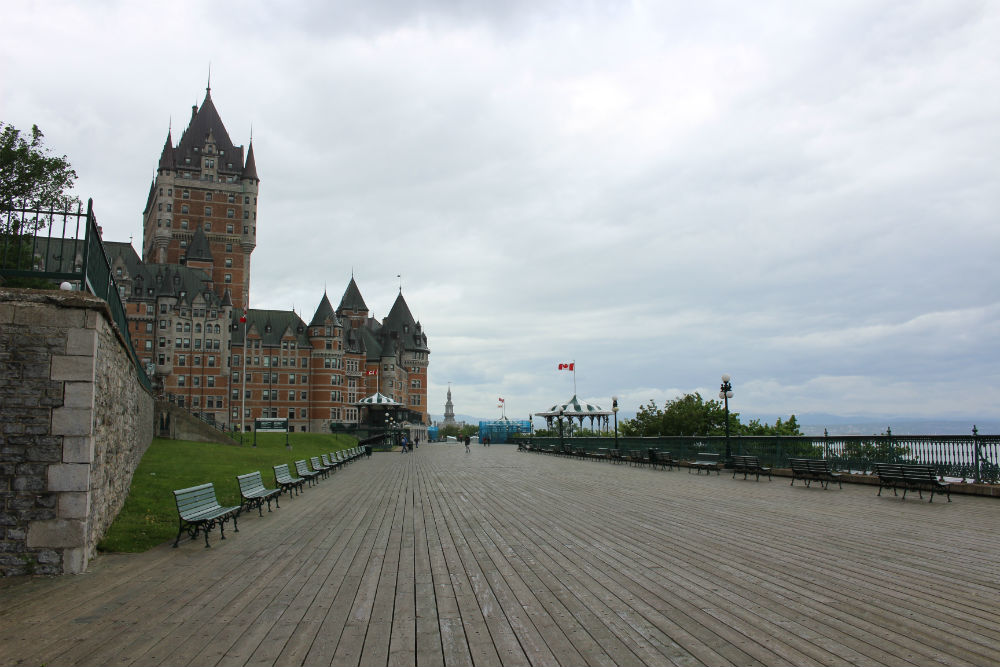
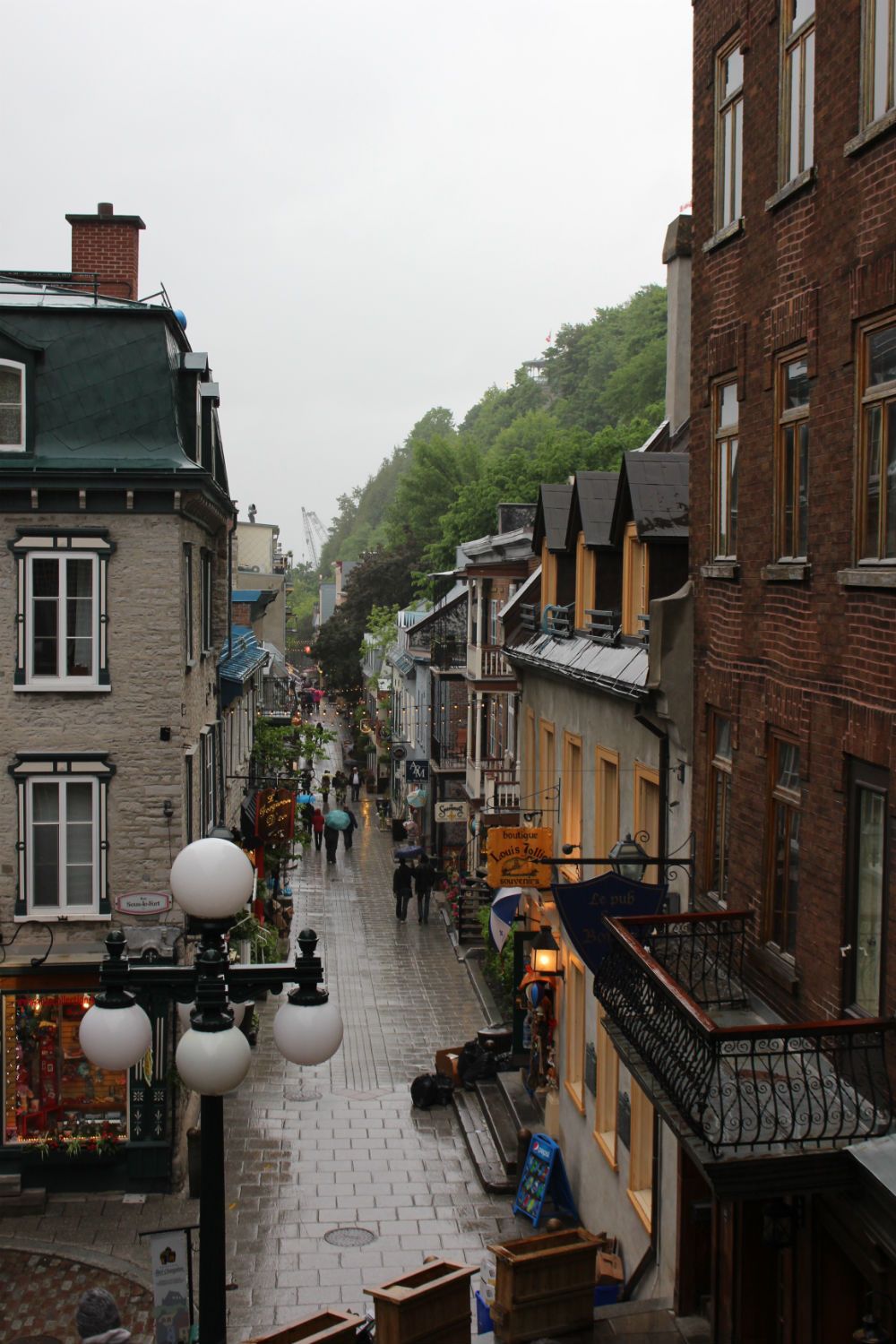
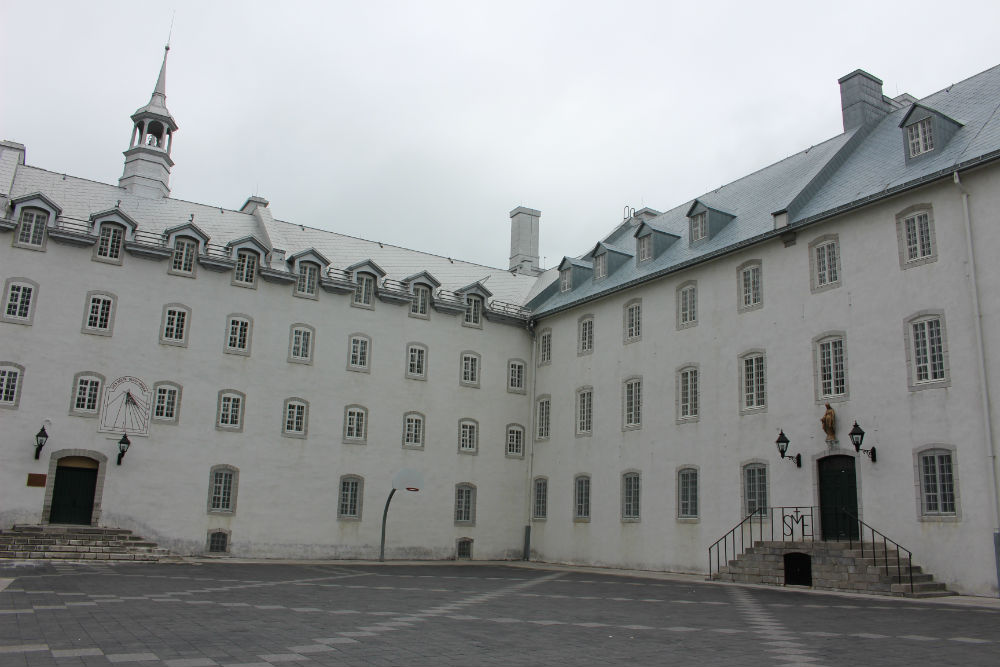
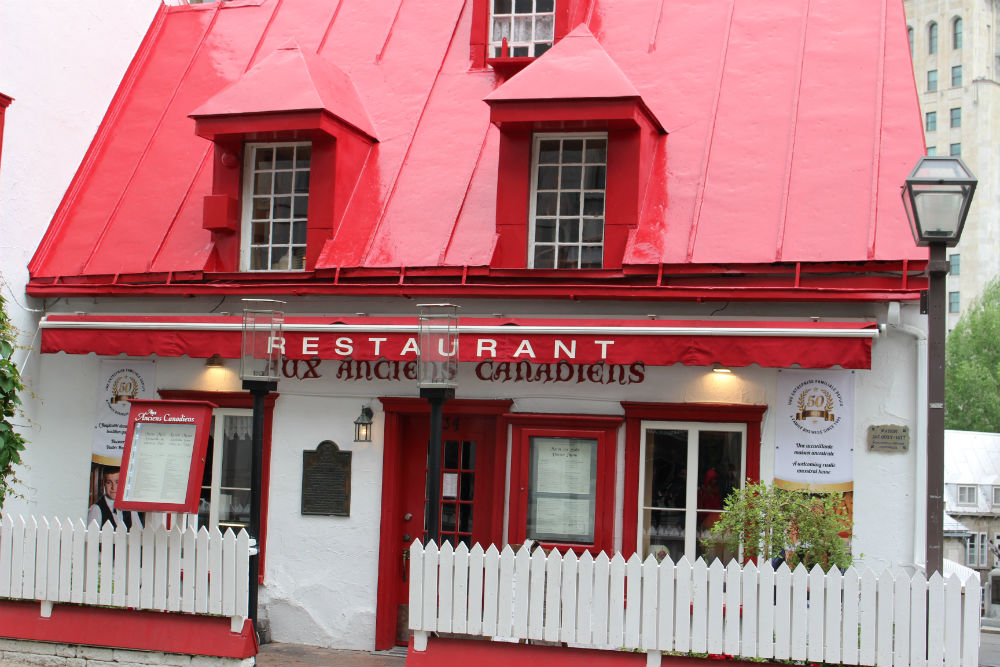
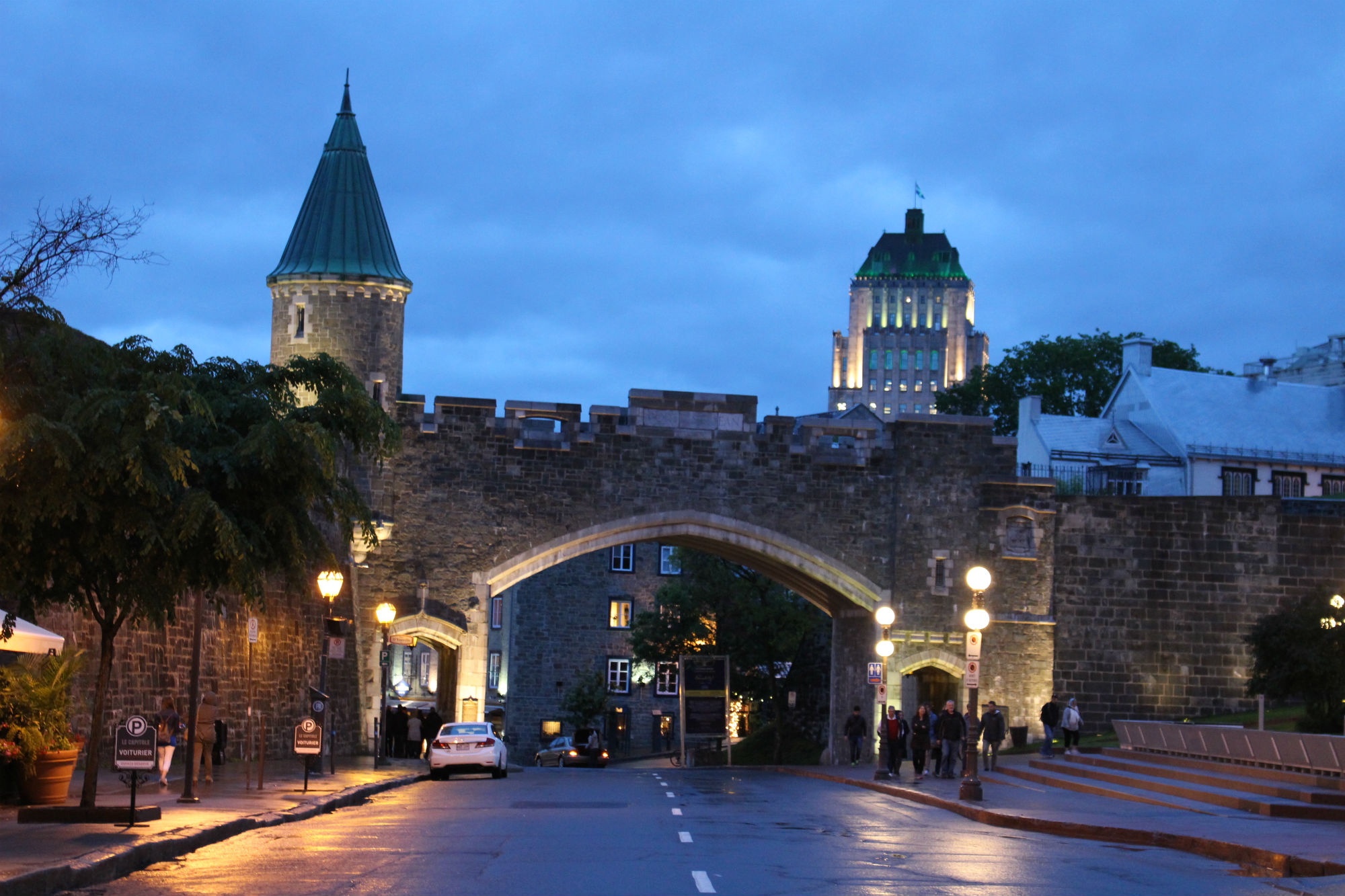
My initial plan was to go straight to bed but it turns out a pub crawl has been scheduled for the night. It’s Saturday night, Germany is playing in the EURO tomorrow and it would be great to meet some people to watch the match with. So I wave my early night goodbye and join the hostel crowd for a couple of pints in two Irish pubs before giving in to my heavy eye lids and calling it a night after arranging to watch Germany play – and win – the next day at 3 pm.
Facts about our trip and the provinces visited:
- We drove more than 4000 km in 10 days on the round trip from Montreal to Nova Scotia
- We spotted 3.5 moose (three adults and a calf)
- Nova Scotia has the only tidal power plant in the Western hemisphere
- New Brunswick is home to the world’s biggest fake lobster (in Shediac), axe (Nackawic) and fiddlehead (Plaster Rock) according to the Lonleyplanet
